Rounds and Canons, vocal
I am often asked about the distinction between a round and a canon. A round is a specific type of canon in which there are two or more identical parts that are sung or played at set intervals. Rounds often repeat.
Canons are a broader category of imitative counterpoint. Parts that follow the first voice are derived from it, but are not necessarily identical. They may start on a different pitch. The rhythms may be slower (augmentation) or faster (diminution). Secondary voices may be inversions or retrogrades of the first. A particularly adept composer might use any of these techniques in combination with others. Canons may also be “through-composed,” meaning that although the parts are identical, they do not repeat (think of the Pachelbel Canon in D).
Another canonic species is the catch, which was popular in the seventeenth and eighteenth centuries. Catches were essentially rounds, but when sung in parts the lyrics overlap and, through tricks of rhythm and voicing, create an secondary text that is usually humorous and often racy. Be cautious about singing anything designated as a catch with children.
Items in this category are listed alphabetically by title. Those pertaining to specific themes (e.g.. animals, holidays, etc.) have been cross-referenced in the Traditional Songs sub-categories.
-
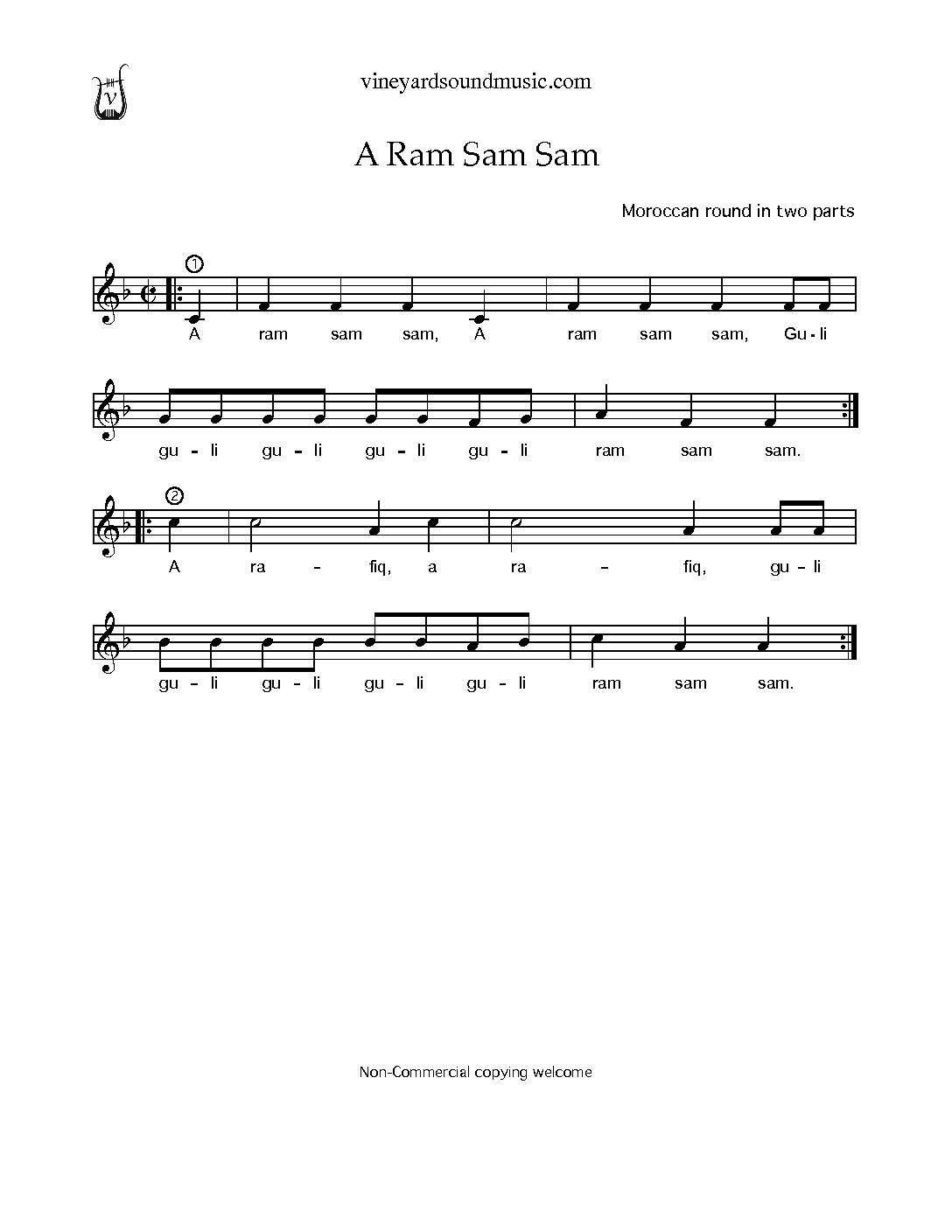
A Ram Sam Sam
$0.00 Add to cart -
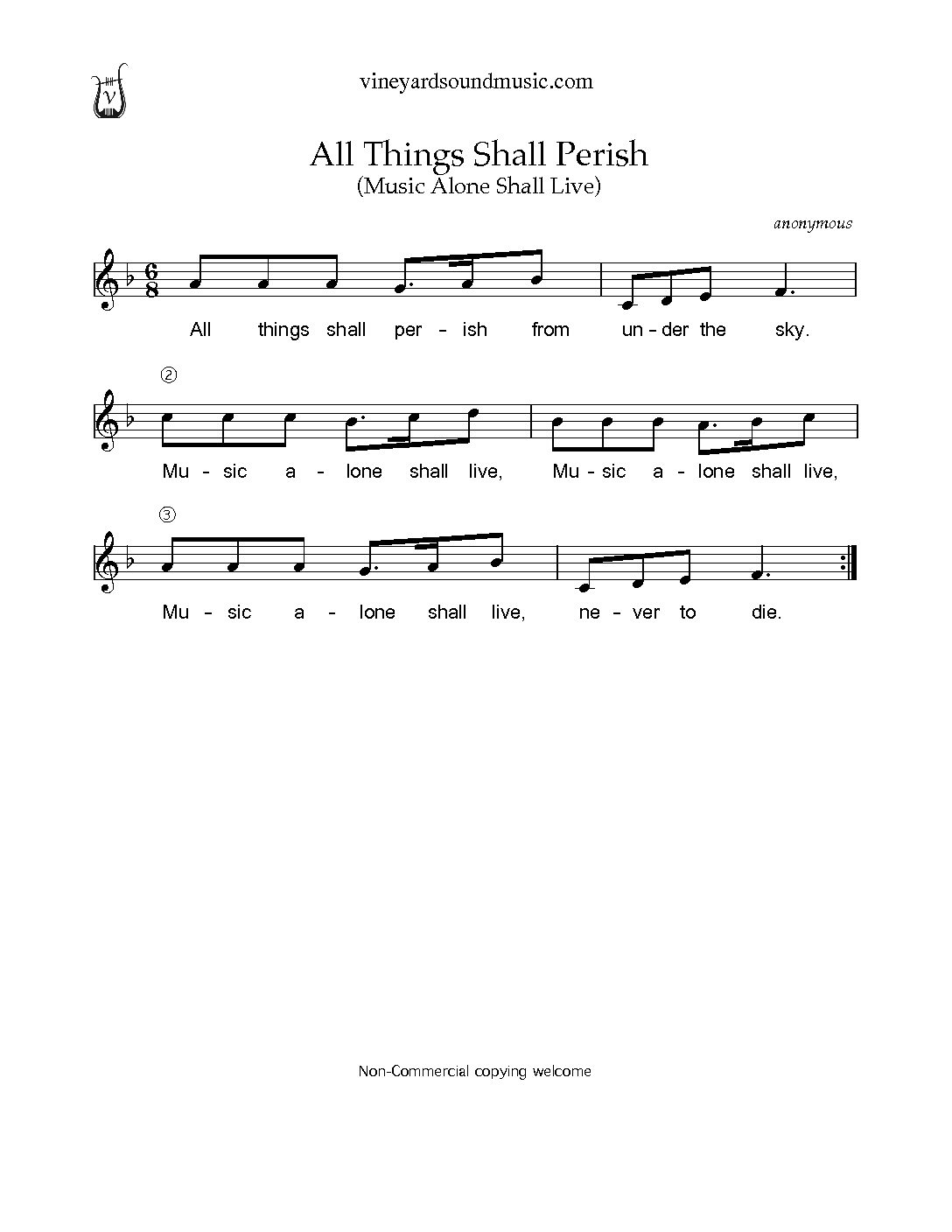
All Things Shall Perish (Music alone shall live)
$0.00 Add to cart -
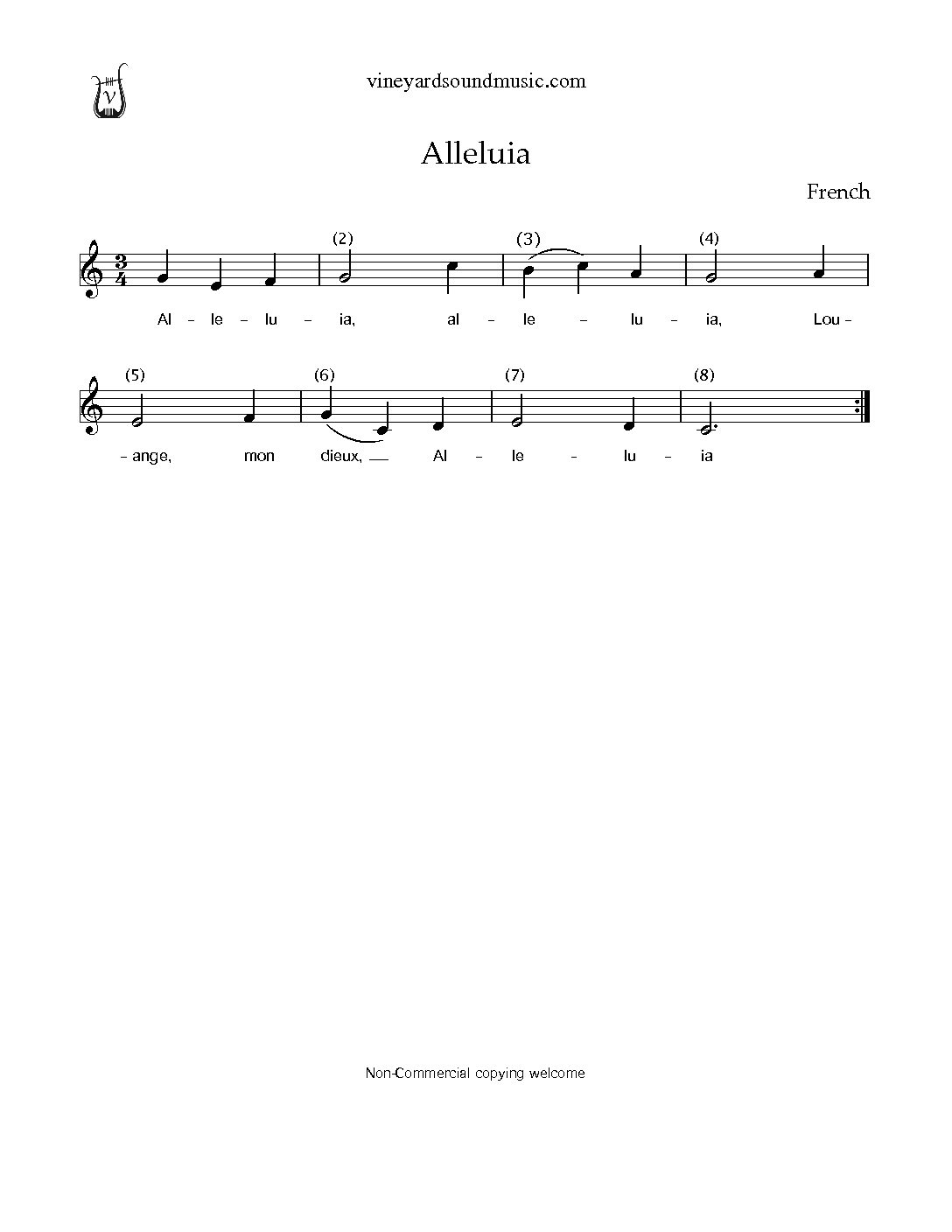
Alleluia
$0.00 Add to cart -
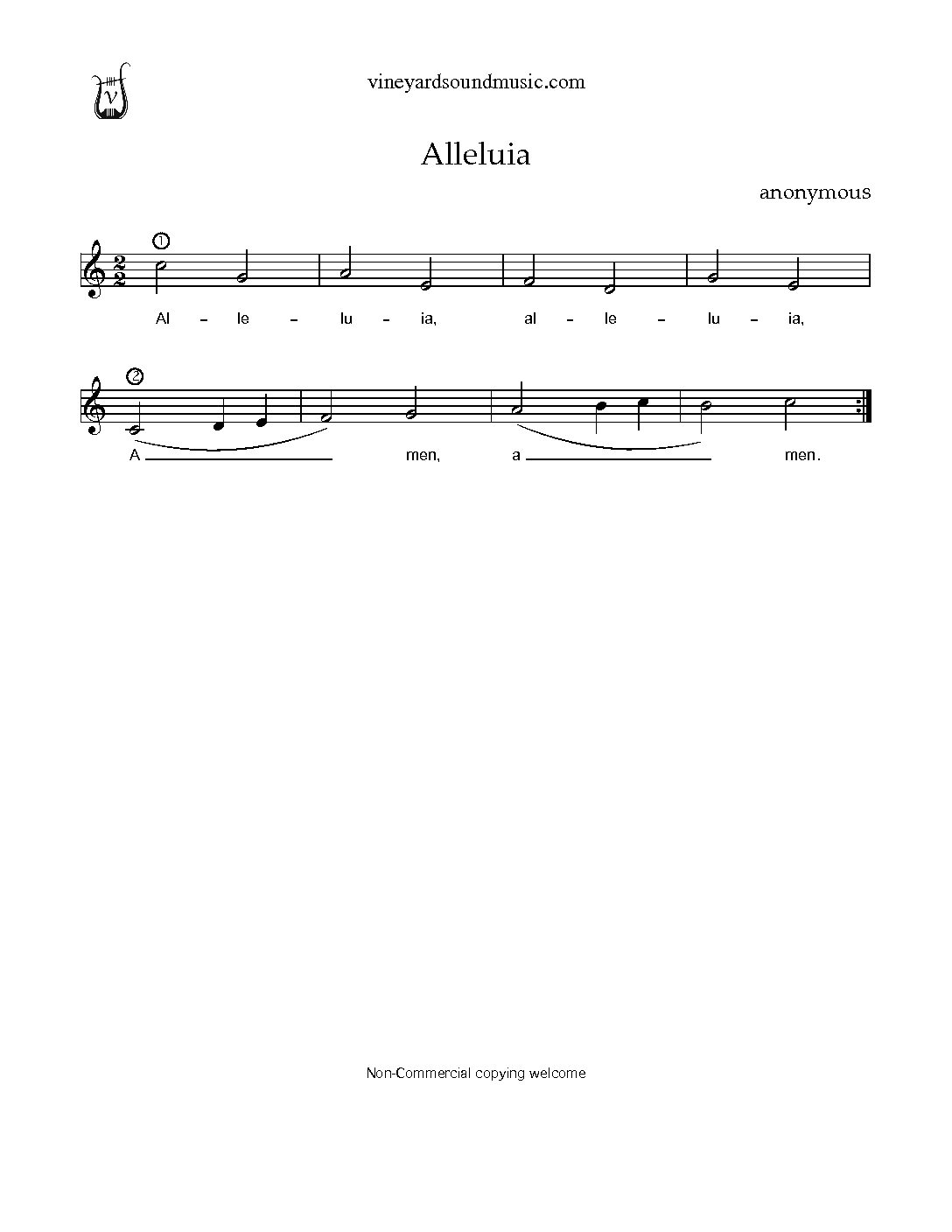
Alleluia Round (anonymous)
$0.00 Add to cart -
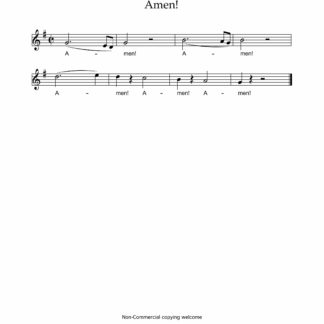
Amen!
$0.00 Add to cart -
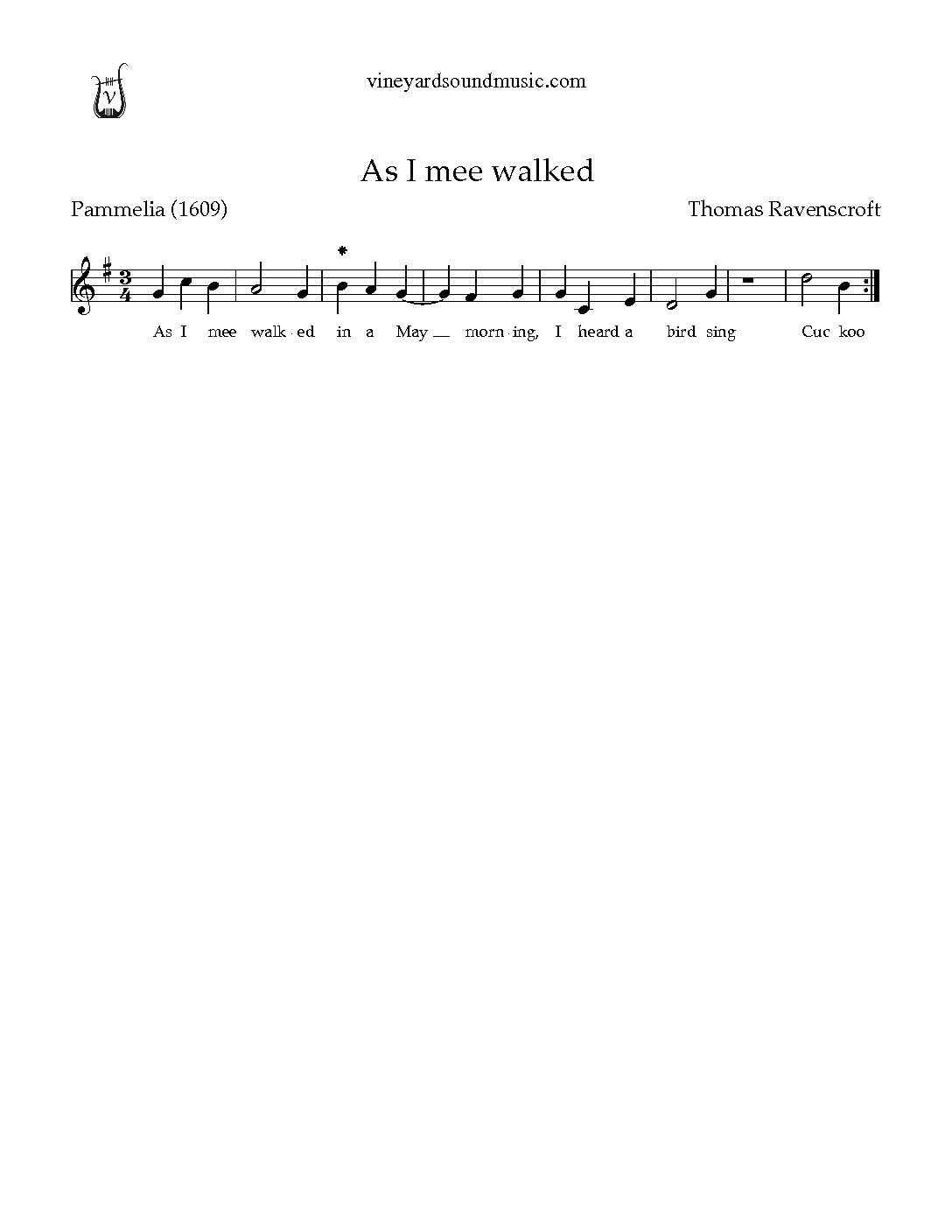
As I mee walked
$0.00 Add to cart -

At Summer Morn
$0.00 Add to cart -
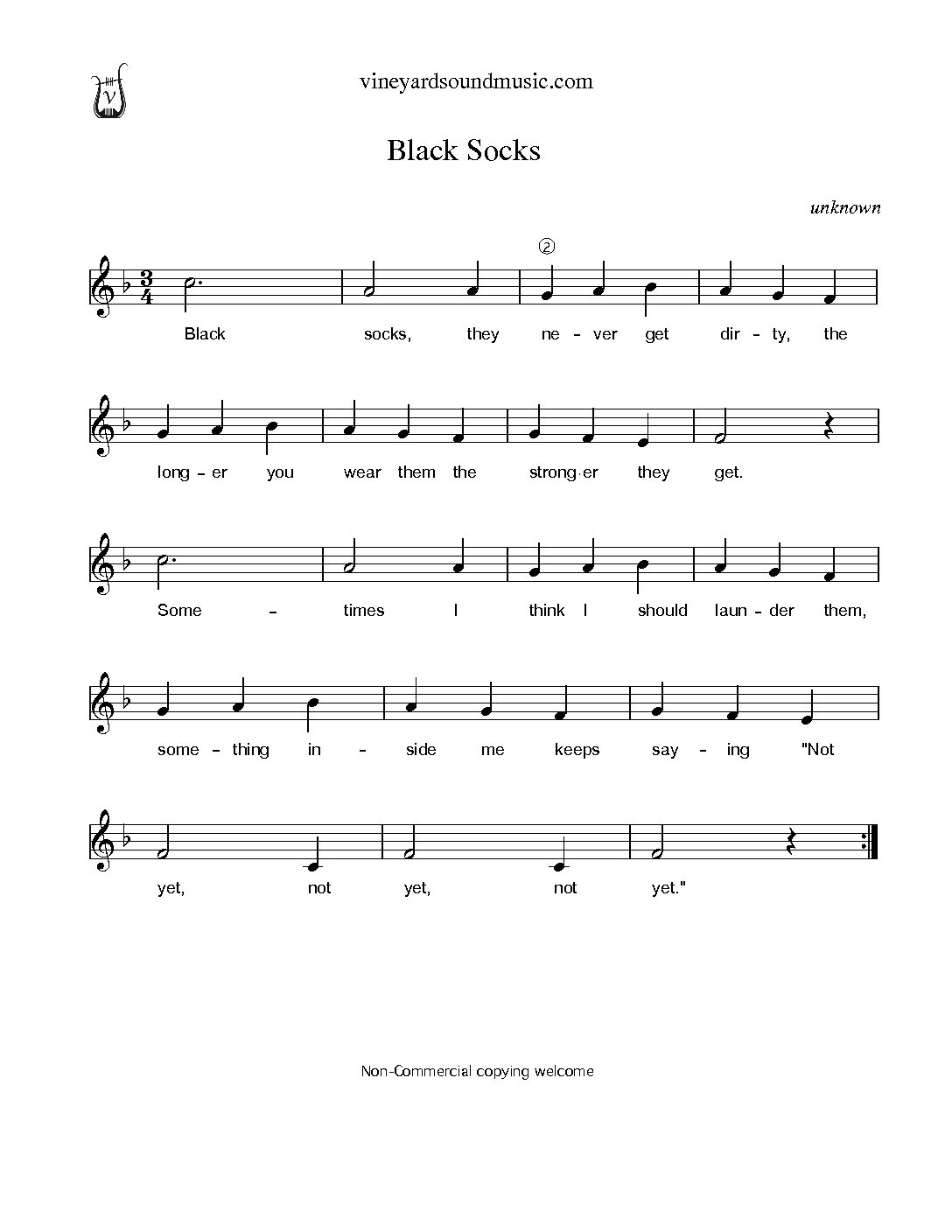
Black Socks
$0.00 Add to cart -
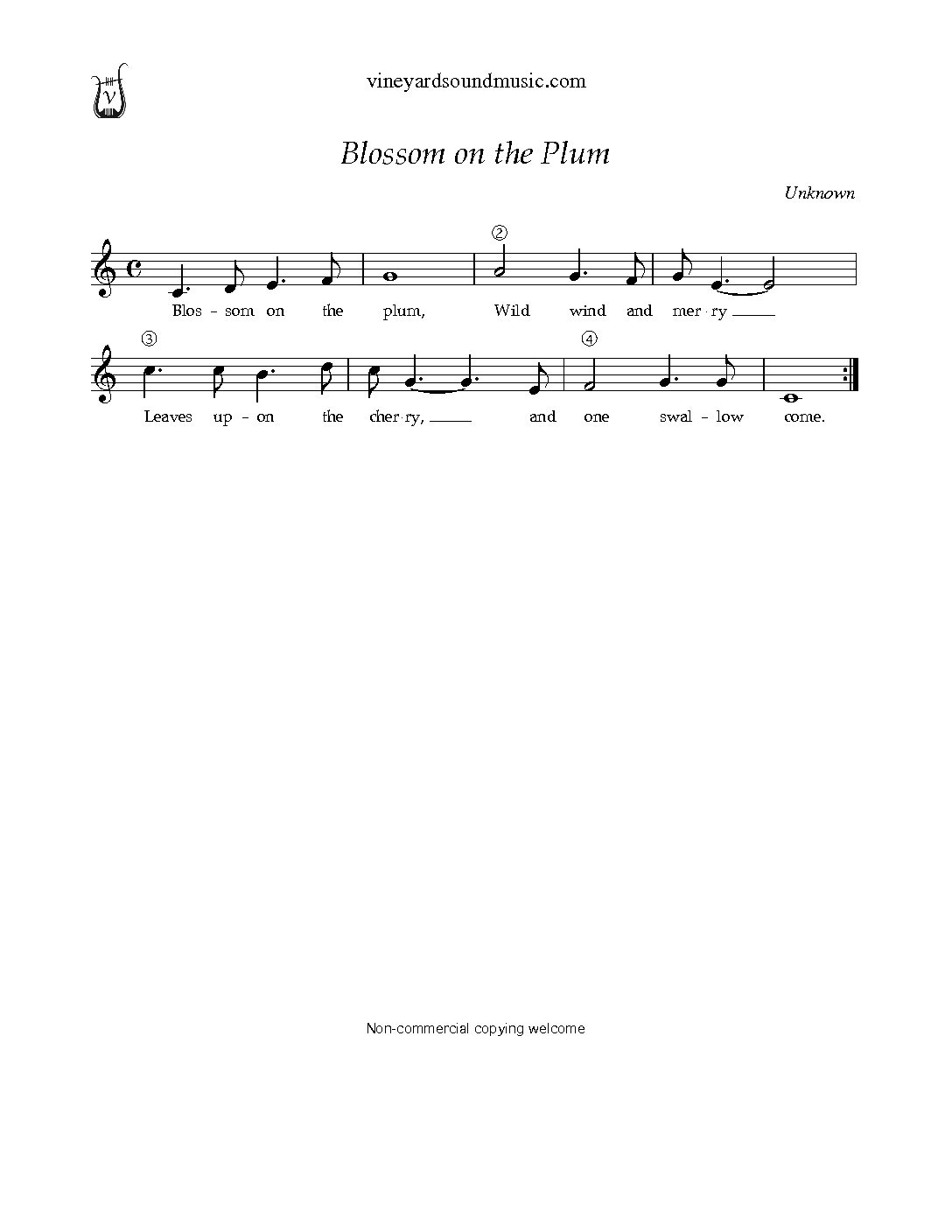
Blossom on the Plum
$0.00 Add to cart -
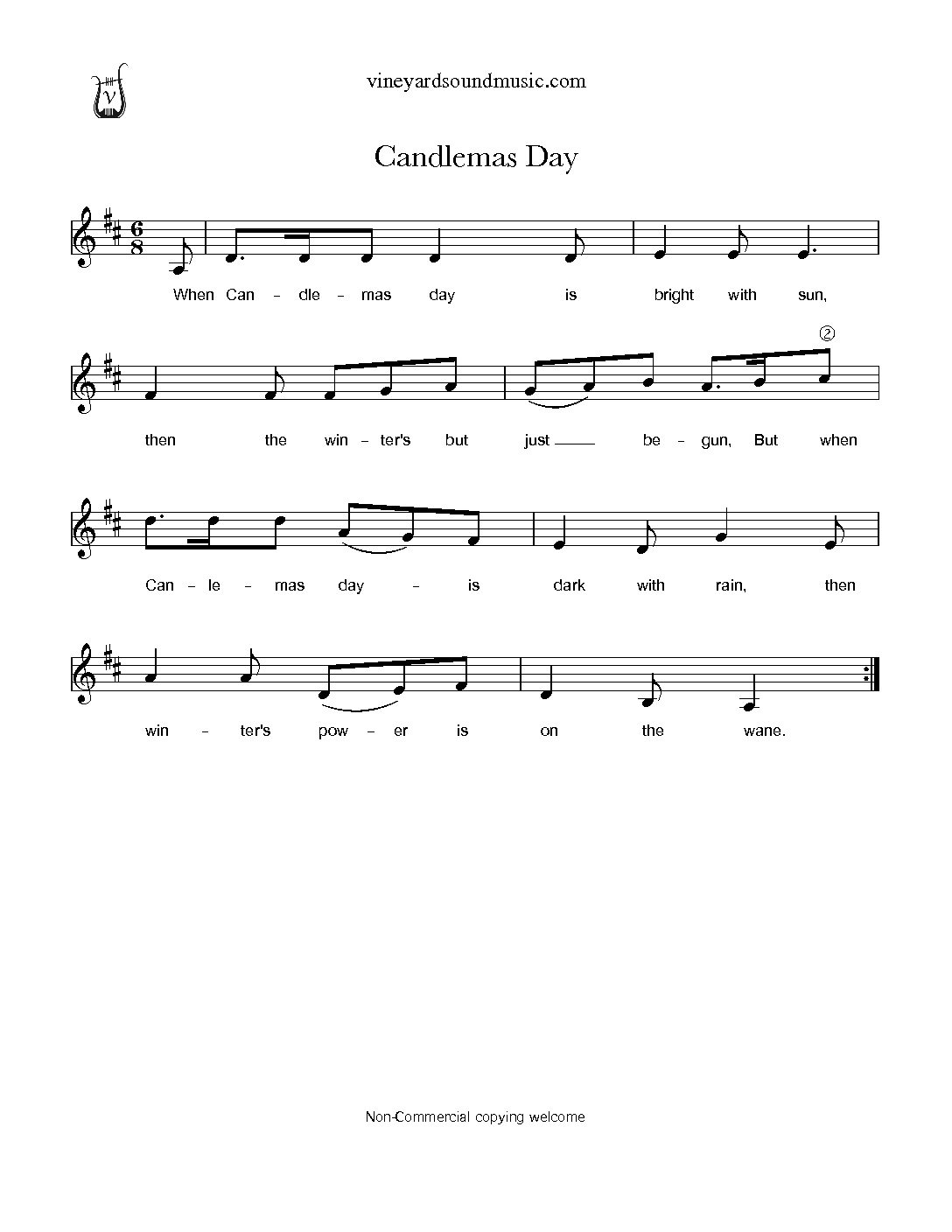
Candlemas Round
$0.00 Add to cart -
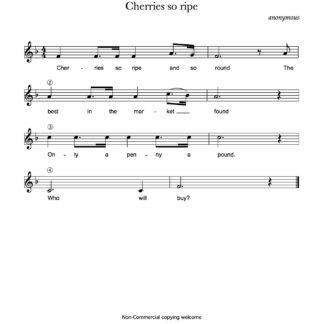
Cherries so ripe
$0.00 Add to cart -
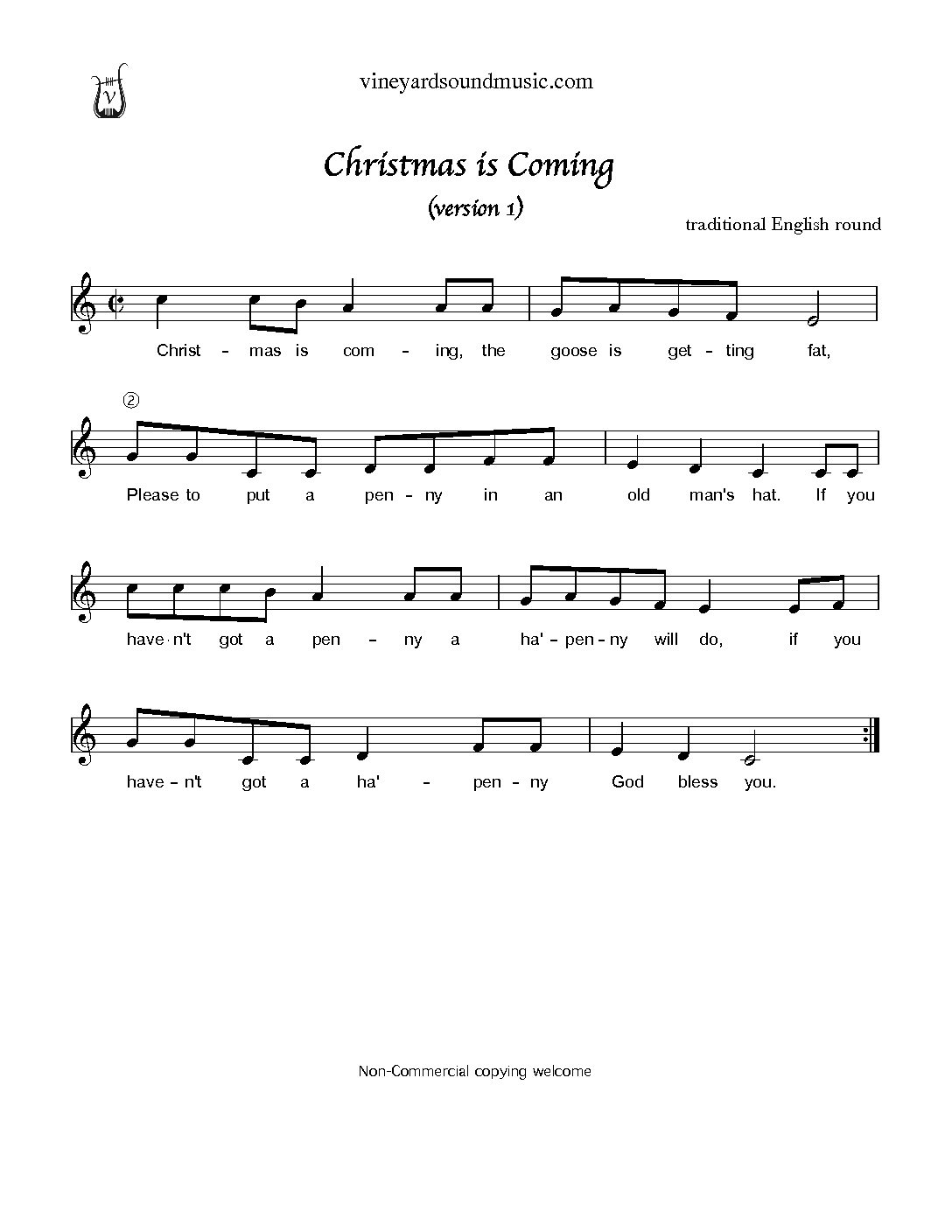
Christmas is Coming (version 1)
$0.00 Add to cart -
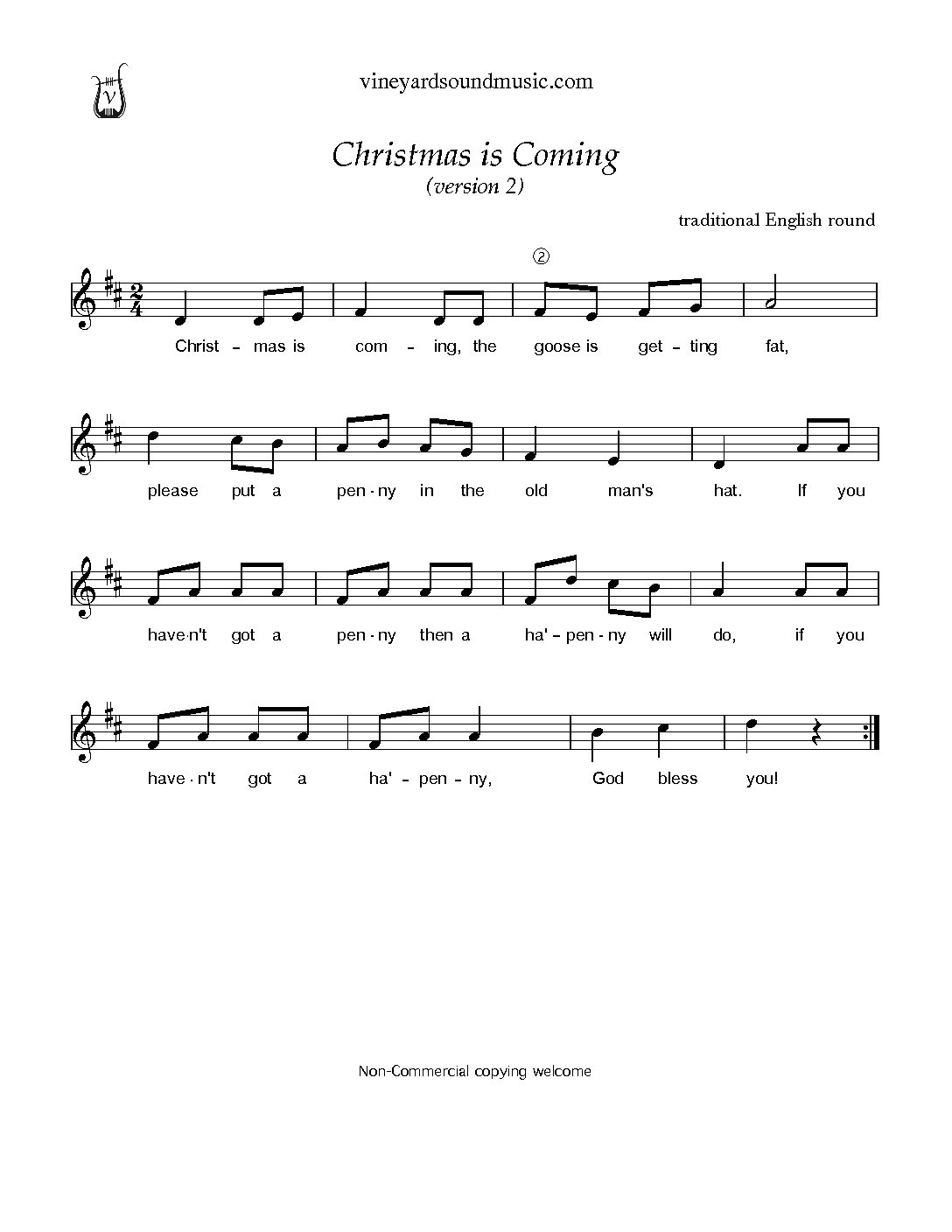
Christmas is Coming (version 2)
$0.00 Add to cart -
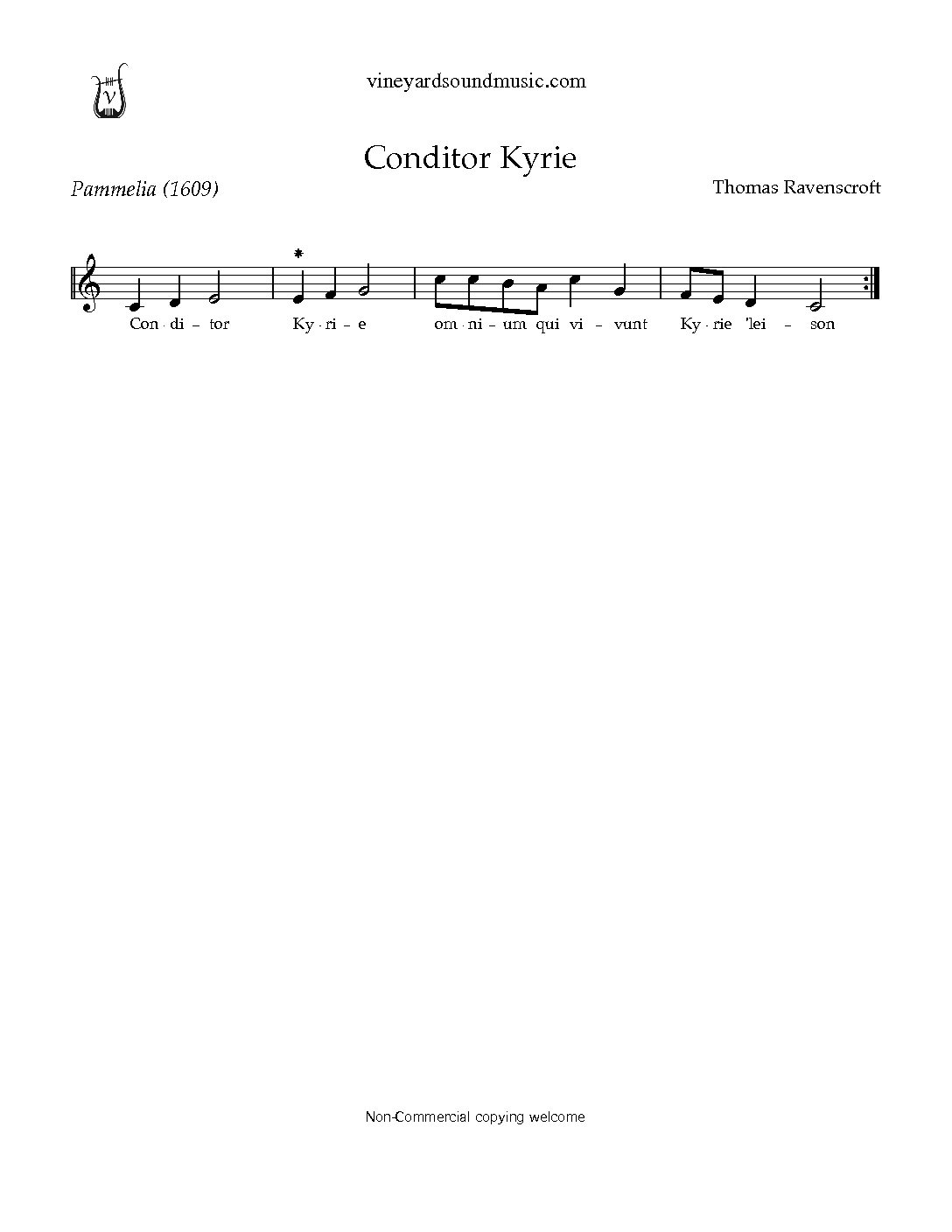
Conditor Kyrie
$0.00 Add to cart -
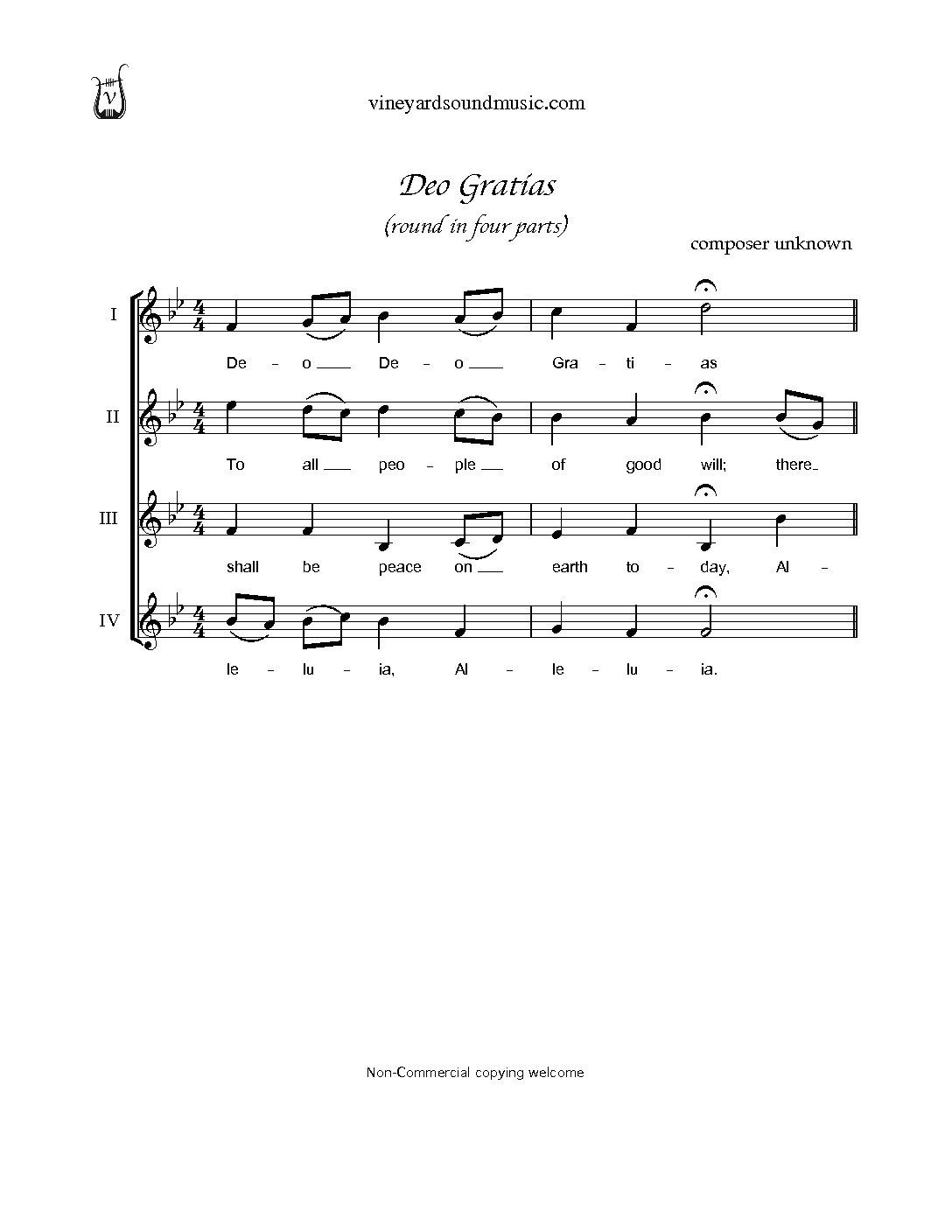
Deo Gratias
$0.00 Add to cart -
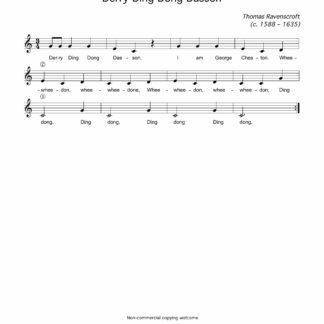
Derry Ding Dong Dasson
$0.00 Add to cart
